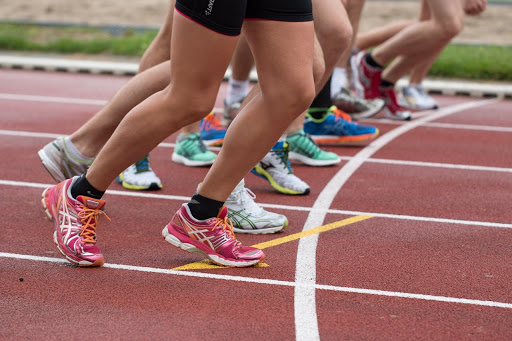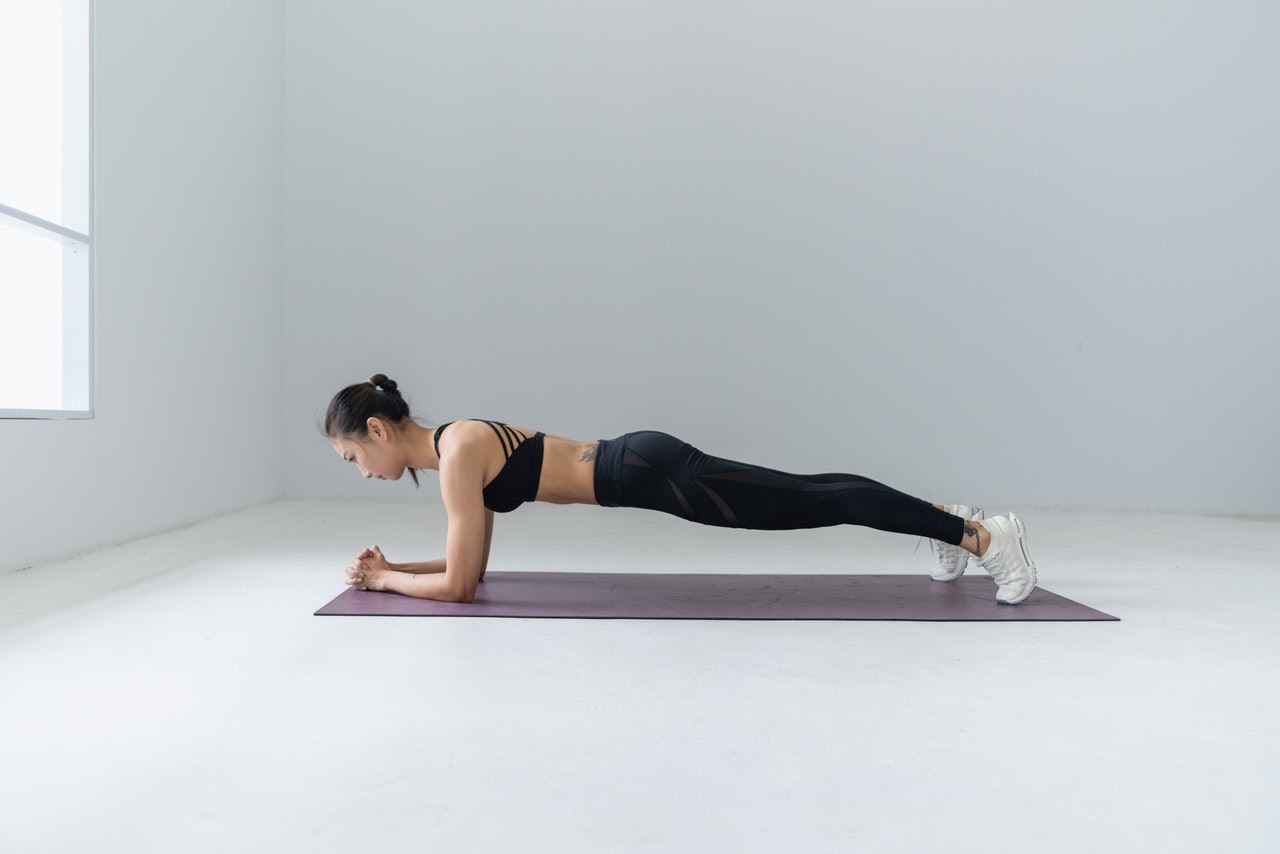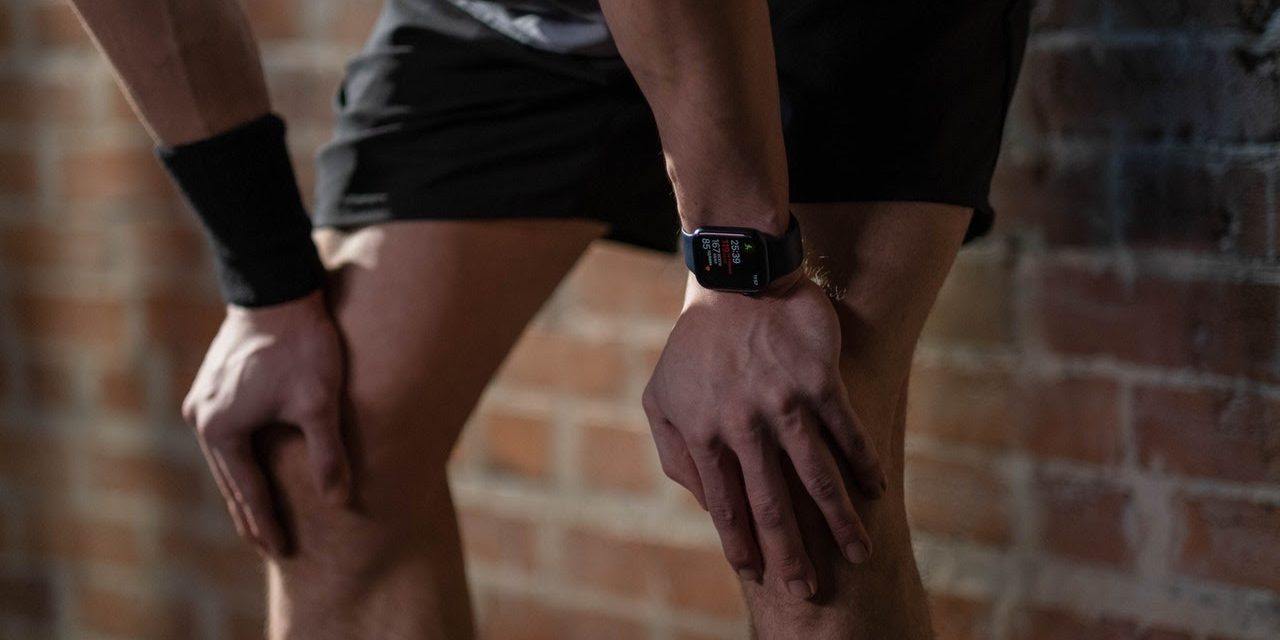Are you experiencing some sort of knee pain and are wondering what the cause may be? Here we shall cover the topic as much as we can.
Adults have a higher chance of knee pain due to wear and tear on the joint that can happen due to their daily activities, even from something as simple as walking. Depending on their lifestyle, some people will also be more prone to knee pain due to injury.
Some types of pain will go away after a few days, such as with mild injuries, other types of pain will stay far longer. Long-term knee pain can be caused by an old trauma that was not able to properly heal. Some people experience flare-ups while others just feel physical pain all the time.
Regardless of how often your knee may hurt, it cannot be denied that it can greatly affect the quality of your life and health. Even taking a walk can be a burden.
Symptoms
Knee pain manifests itself in various ways depending on the person. Others will feel shooting pain whenever they are walking or doing a physical activity while others will just have mild discomfort.
There are also those who have severe pain that can stop them from functioning, limiting their range of motion and threatening their overall health.
Some more symptoms of knee pain include swelling of the whole knee, which can sometimes be accompanied by a fever, constant shifting of their weight from foot to foot, limping, and not being able to bend your knee.
What are the common causes of knee pain?
Aside from the conditions listed below, other causes of knee pain include injuries such as a dislocated kneecap, metabolic problems, and infection.
Osteoarthritis
There are actually many types of arthritis that can cause knee pain. This includes rheumatoid arthritis, septic arthritis and gout. The most common one is osteoarthritis, which is also known as “wear and tear” arthritis.
According to WebMD, 95% of patient knee pain comes from arthritis. . What happens is that as you age, the joint’s cartilage wears away, causing the bones to rub together making the knee joint stiff or swollen.
Older people, women, and those who are overweight are at a higher risk. Those who regularly play sports like running and soccer are also more likely to develop osteoarthritis.
Aside from your knees hurting, it is also common to have foot pain when you have knee osteoarthritis, as this research has found out.
Bursitis
Bursitis is a condition that is more commonly found in the shoulders and elbow. Occasionally, it will affect the knee and even your big toe.
What happens is that the bursae in your body become inflamed. These bursae are sacs filled with fluid that help to ease the friction between your skin, tendons and joints.
Bursitis can be very painful, often manifesting with stiff, swollen joints. For many, it takes a few days until the pain goes away and they are back to full health, able to walk again.
Meniscal tear
A tear in your meniscus is one of the most common knee injuries that one can get. It can be quite painful once the area gets inflamed. It is often seen in those who engage in contact sports such as football or basketball.
While many older people have a higher chance of injuries, the number of children who get this injury has also increased in the last few years. The reason for this increase in injury is that more children have begun taking up sports in their free time.
Symptoms of a meniscus tear include your knees locking or not being able to support the whole body. Aside from pain, it is also not possible to get a full range of motion.
Treatment for a meniscus tear includes elevating the legs and knee to bring down the swelling and the use of crutches to reduce the pressure on the joint. For more extreme cases, surgery is needed.
Iliotibial Syndrome
Another common injury that happens due to overuse. There are many reasons why iliotibial band syndrome will occur, including mechanical imbalance that affects various parts of the body including the back and hip.
Athletes who do not train properly and whose muscles are not flexible may also suffer from this condition.
Medical exams like MRI are needed to rule out other possible causes to outer knee pain, including tendon inflammation and torn cartilage.
Patellofemoral Pain Syndrome
Patellofemoral Syndrome (PFPS) is sometimes also called Runner’s Knee. Despite having that name, the condition is not limited to only runners.
PFPS is the term used when knee pain is felt in the area of the patellofemoral knee joint, or the bone and tissues found around your kneecap.
The most common reason why this happens is due to overuse of your knee and knee joint. People who constantly engage in activities that can add stress to their knees are prone to this. These activities include jumping, running, squatting or even walking up and down the stairs.
Other factors that can increase the risk of PPFS include wearing the wrong footwear on your feet or using sports equipment in the wrong manner. At times, using the wrong technique in playing sports or training can also lead to this condition.
If you feel that you have PPFS, make your way to the doctor to get diagnosed. They will conduct a physical exam to check your knees and kneecaps. An x-ray and MRI may be needed to check for any damage to the bones or tendons and muscles.
Can foot problems cause knee pain?
 Most people think that their knee hurting is the result of knee injuries or the diseases stated above. But your foot might also be the reason why they hurt. Have you noticed your foot and ankle feeling painful lately? Then the pain will radiate to your leg and eventually make its way up?
Most people think that their knee hurting is the result of knee injuries or the diseases stated above. But your foot might also be the reason why they hurt. Have you noticed your foot and ankle feeling painful lately? Then the pain will radiate to your leg and eventually make its way up?
This may be because you have a foot or ankle condition that is affecting your leg and knee. A patient may not think that foot pain and knee pain are related, but it does happen sometimes.
Let’s take a look at some of the possible causes of your foot pain which can radiate all the way to your knee and kneecap.
Plantar Fasciitis
Another cause of foot pain is plantar fasciitis. This is usually felt on the bottom part of your feet, in the heel and the arch. This pain is especially felt upon waking up or when you have been sitting for a long time.
It feels like a stabbing sensation near the heel of your ankle and foot. If you are female and over 40, you are more likely to feel this. Other factors that can increase the symptoms include suffering from flat feet, tight Achilles tendons and wearing high-heeled shoes regularly.
Treatment such as physical therapy and wearing supportive shoes will greatly help to relieve the pain in the feet.
Rheumatoid Arthritis
When you have this condition, it’s not only your joints that get affected but your whole body, including your knee joint. From your skin to your heart and to many other parts of your body, this arthritis can do a number on them, even to the point of causing disabilities and other health complications.
Aside from swollen joints, they may also feel stiff most especially in the morning. Some will also experience fever and tiredness, and will also have no appetite to eat.
Overpronation
You might be more familiar with the term flat feet, which is often called overpronation.. Overpronation is a condition where your foot rolls inward too much, too much inward, and the arch drops.
There are people who were born with flat feet, but there are also are some conditions where a person can develop them. Those who are overweight and pregnant are the most at risk.
Doing activities like running where the foot is constantly being struck on a hard surface causing trauma to the feet will also increase the risk.
Overpronation can actually lead to other conditions such as heel pain, iliotibial band syndrome, bunions, stress fractures on the leg and foot, and even back pain.
Simple strengthening exercises for the muscles can help with the treatment, along with wearing orthotics.
Diagnosis
Many are able to function even with knee pain since it will only occur once in a while or only last for a very short while. But if the pain in your joint and knees have become debilitating, it is better to consult medical personnel in order to get diagnosed,
You will undergo a test or two in order to get the proper diagnosis. This can be something as simple as an X-ray, while others will require a CT scan or MRI. After which the proper treatment will be prescribed.
What are the treatments to be free of knee pain?
Understand that how your knee pain will be treated depends on the cause of the pain itself. Some may only require physical therapy while others will need surgery in order for their knee to function and gain full range of motion. Here are the most common treatments that might be suggested to patients.
Medication
You can get medication that will help to alleviate the pain of the knee injuries, etc. This may include non-steroidal anti-inflammatory drugs or topicals. Some would also be given the choice of getting steroid injections straight into the joint.
Physical Therapy
There are things that can be done to help with the pain you feel. Aside from relieving the pain, it can also help patients to have an easier time with walking, kneeling, and sitting.
Exercise
 Even though athletes have a higher chance of suffering from knee pain due to their extensive physical training, it is important to note that exercise can be very helpful. In fact, research has shown that regular exercise can help to curb osteoarthritis.
Even though athletes have a higher chance of suffering from knee pain due to their extensive physical training, it is important to note that exercise can be very helpful. In fact, research has shown that regular exercise can help to curb osteoarthritis.
Not only does exercise improve your overall health, but it also specifically makes your body stronger, making it more efficient in supporting your joints. If you spend too much time being inactive, your muscles will get weak and this can cause your joint to feel more painful.
You can pace yourself if you are not used to exercising. There are exercises that will not put too much stress on your knees and joints, such as swimming. Whatever workout you have chosen, make sure to do proper warm-up first. And of course, wear the proper type of shoes.
Exercise is also a great way to lose weight. How heavy you are directly affects your joints. Harvard Health says that the pressure put on your knees is equal to one and half times your weight.
Wear the right footwear
 Many people do not realise that their foot pain comes from wearing the wrong type of shoes. Your shoes will not just affect your ankle and foot but also your knees.
Many people do not realise that their foot pain comes from wearing the wrong type of shoes. Your shoes will not just affect your ankle and foot but also your knees.
Shoes are not just there for fashion, but they act as a support for your ankle, foot and knee. People who are already suffering from knee pain might want to consult specialty shops in order to get something tailored just for them.
This can depend on a lot of things including how you walk and how your foot looks, i.e. if you have high arches or flat feet.
Even if you don’t have pain in your foot or ankle, make sure to still wear the right footwear depending on what activity you are doing. For example, hiking and playing basketball are two different activities that would require different footwear. Wearing the right type will prevent foot pain or any other injuries.
Frequently Asked Questions
How do I know if my knee pain is serious?
While there are some symptoms that can be managed at home, some will need the attention of a medical professional. If the following occur with the pai, schedule an appointment with your doctor: fever, redness, significant swelling, and tenderness around the joint.
What can cause knee pain without injury?
Aside from the ones mentioned above, poor posture may also cause knee pain. If you have had a bad posture for many years, this will cause misalignment in your bones
Is plantar fasciitis classed as a disability?
A disability is something that may affect someone’s mobility and dexterity. While it is not explicitly stated that plantar fasciitis is considered a disability, there is a chance for it to be considered one especially when it has lasted six months or more.
Can fallen arches cause knee problems?
Because of the pain felt on the foot due to fallen arches, individuals may not stand on their feet properly, causing an imbalance in gait. This will eventually lead to leg and knee pain in the long run.
Can bunions cause knee and back pain?
 A bunion is a bony bump that forms where the big toe meets the foot. It may seem insignificant but it can actually affect your quality of life. Research has shown that those who have bunions were more at risk to ache in their hip, foot, ankle and lower back.
A bunion is a bony bump that forms where the big toe meets the foot. It may seem insignificant but it can actually affect your quality of life. Research has shown that those who have bunions were more at risk to ache in their hip, foot, ankle and lower back.
This condition can be hereditary but can also be caused by other factors such as frequent wearing of heels.
What is overpronation and underpronation?
Pronation is basically the natural movement of your foot when you are running and walking. People can have neutral pronation, overpronation, or under pronation.
We have already explained overpronation, which is what we commonly refer to as flat feet.
Underpronation, meanwhile, is also called supination and it happens when there is not enough inward roll in the foot, meaning your weight is on the outside of your foot.
Can flat feet cause a runner’s knee?
Because of overpronation, you may feel discomfort in your thigh, legs and knee while running. This pain can even make its way to your back. This can lead to pain, bunions and calluses. This poor foot posture or flat feet can also cause the knee to get twisted in deviation of the patella.
What causes leg pain from the knee down to the ankle?
There are several causes. It may be a disease like arthritis, or perhaps your muscles are strained. It can even be your gait or wearing the wrong pair of shoes, or an injury to your leg or knee joint.
Can’t Stand Your Knee Pain? Contact Adelaide Foot and Ankle
If you have been dealing with chronic foot and knee pain, contact Adelaide Foot and Ankle to properly diagnose the source of the discomfort. A diagnostic test will be given so that we can give the proper treatment for your condition. With proper care, you can have a healthy life and gain a full range of motion again, free from stress. Injury, and suffering in your leg, joint, ankle, hip, and knee.






